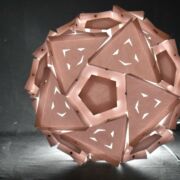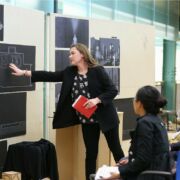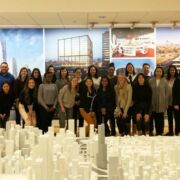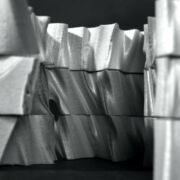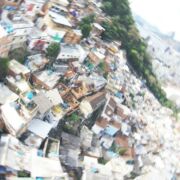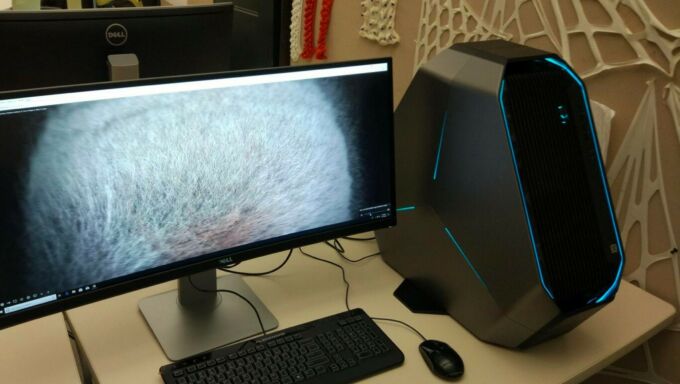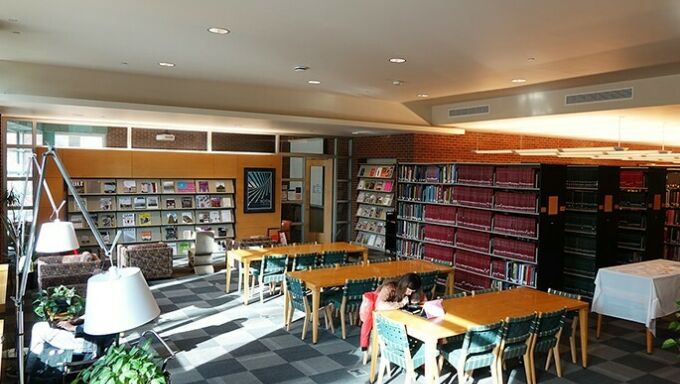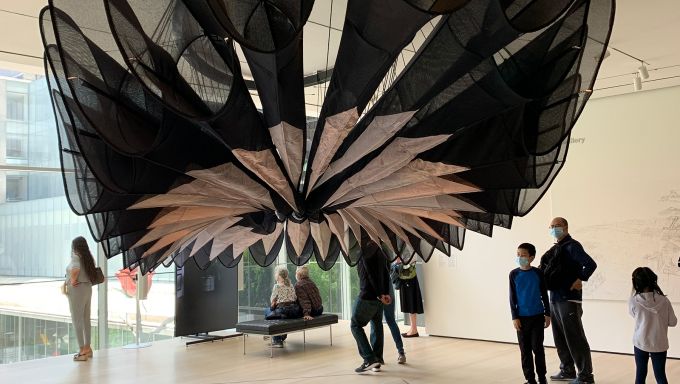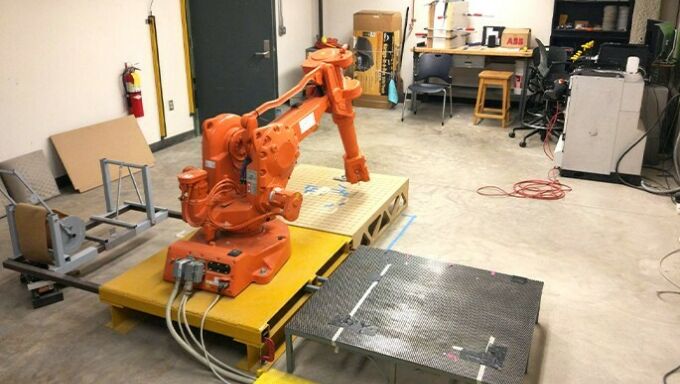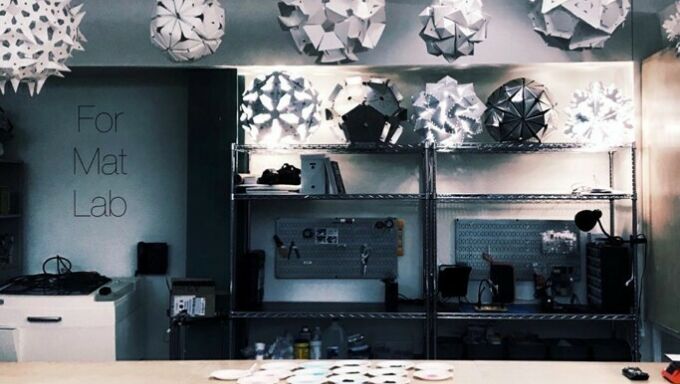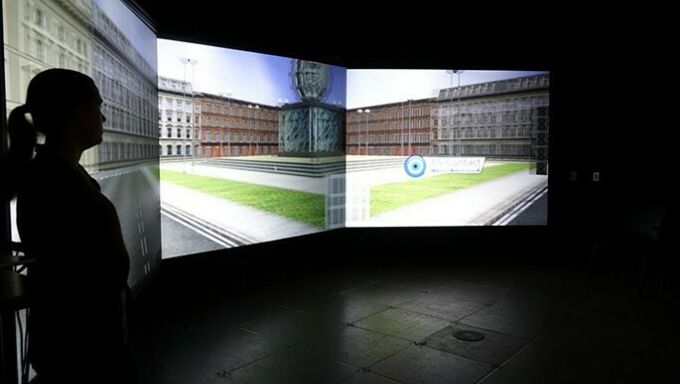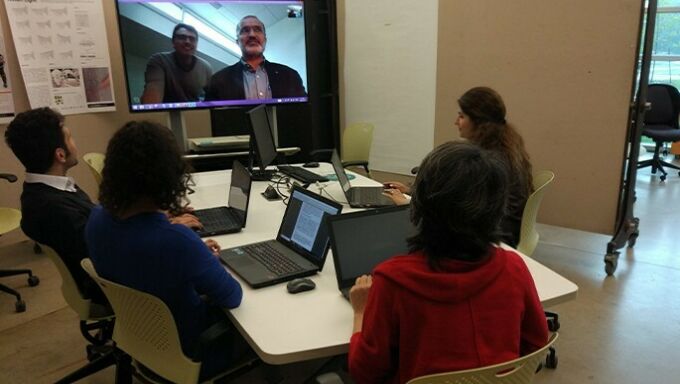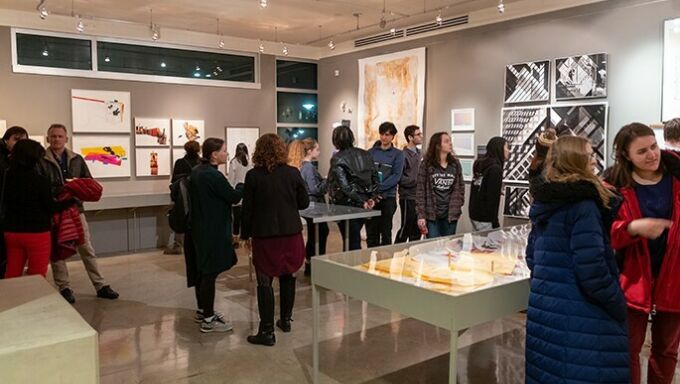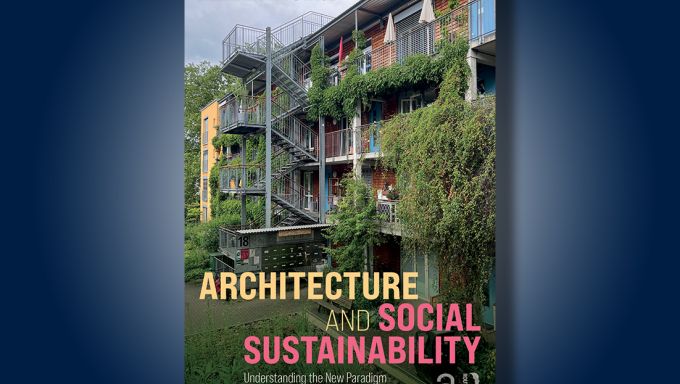
Department of Architecture
A tradition of excellence
The Department of Architecture’s century-strong traditions of drawing, model-making, community outreach/service learning, and hands-on construction prepare students to explore innovative models of architectural practice as well as non-traditional approaches, including design-build and digital fabrication.
The award-winning faculty are active in professional practice, research and service projects, and national and international competitions, as well as scholarly activities. Thanks to a rigorous curriculum with numerous opportunities to engage in professional projects and work with external stakeholders, graduates are prepared for wherever their design degrees may take them.
Contact
Department of Architecture
121 Stuckeman Family Building
University Park, PA 16802
814-865-6112
814-863-8137 (fax)
Frank Jacobus
Department Head and Professor of Architecture
Jessica Wade
Architecture Academic Program Coordinator, Stuckeman School
Connect
Computing Cluster and Lab Remote Access Guides
Research clusters
Department of Architecture degree programs offer concentrated inquiry, research, study, and pedagogy spanning four key areas of focus, or research clusters: Culture, Society, Space; Design Computing; Material Matters; and Sustainability. Students will engage broadly with each of these areas, as well as selecting a specific cluster for primary course work and scholarship.
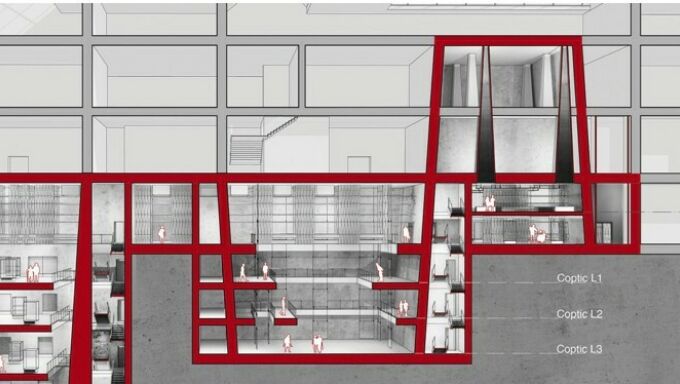
Culture, Society, Space (CSS) - Penn State Architecture
The Culture, Society, Space (CSS) research cluster examines how built spaces – from the artifact to the urban – affect those who interact with them and, conversely, how cultural, societal and disciplinary values shape the spaces we create.
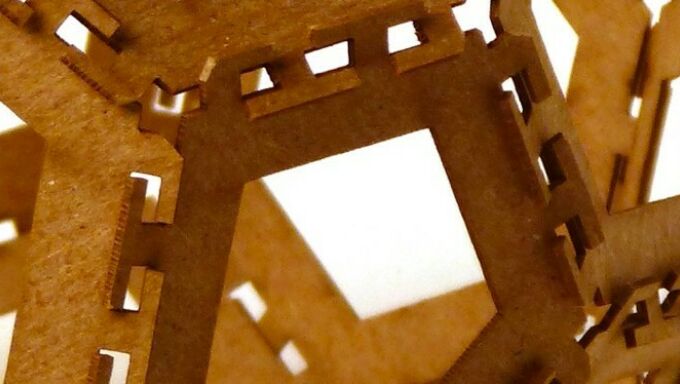
Design Computing (DC) - Penn State Architecture
The Design Computing (DC) research cluster offers students critical knowledge and advanced skills in the use of digital technologies in architecture and related design fields, especially in the areas of visualization, generative systems, and fabrication.
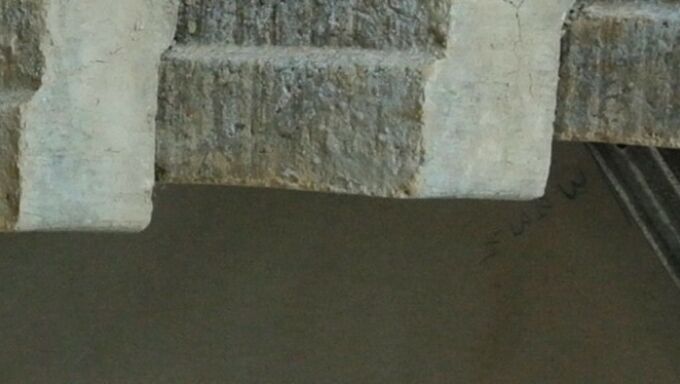
Material Matters (MM) - Penn State Architecture
The Material Matters (MM) research cluster provides students with opportunities to delve into the interaction of materials and processes.
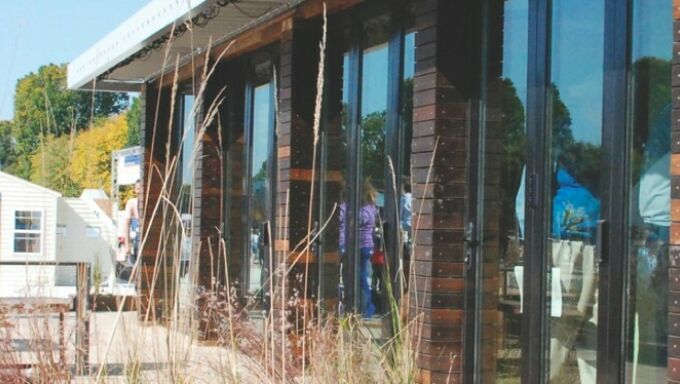
Sustainability (SUS) - Penn State Architecture
The Sustainability (SUS) research cluster investigates architecture’s potential to improve the quality of life for current and future societies around the globe, addressing issues of natural resource consumption, pollution prevention, and organizational dependencies.
Alumni Spotlight
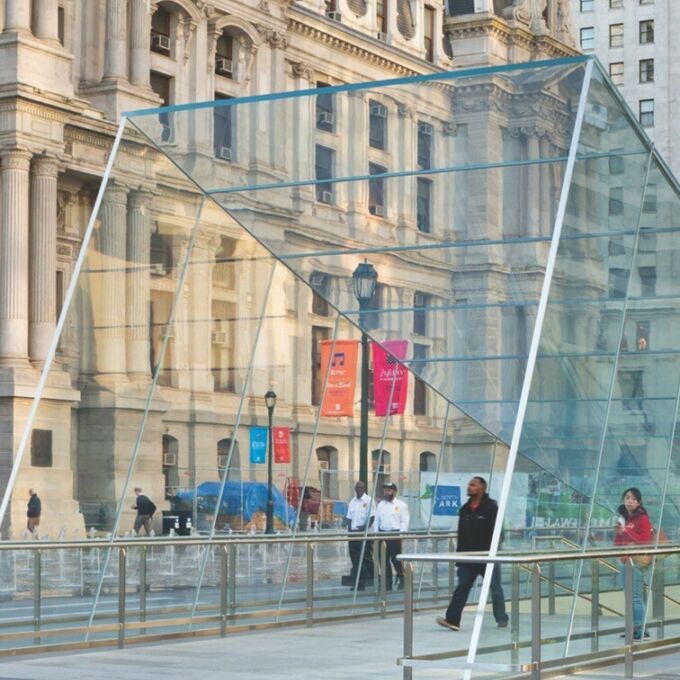
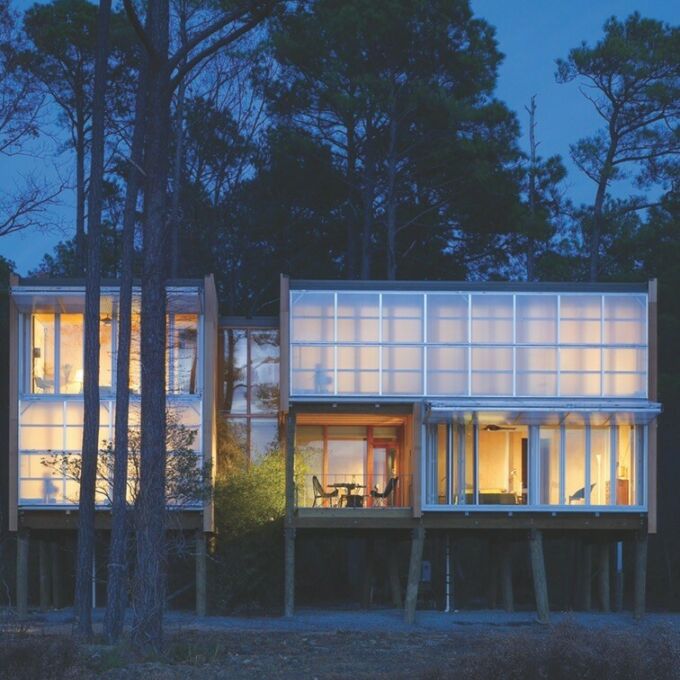
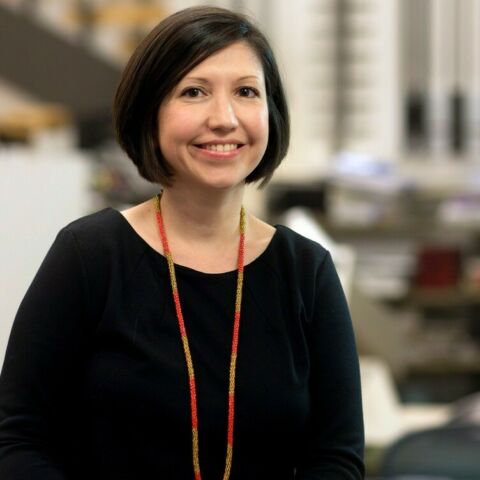
alumni spotlight
Marilia Rodrigues
Marilia Rodrigues is a principal at KieranTimberlake, an internationally recognized architecture firm noted for its commitment to research, innovation, and invention. She brings multiple technologies, voices, and talents together to achieve award-winning designs.
Faculty Spotlight
See all our Faculty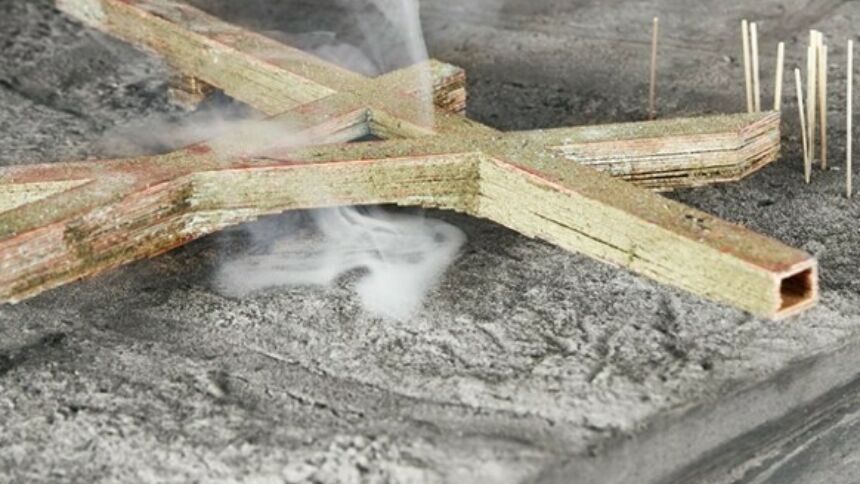

faculty spotlight
Pep Avilés
Pep Avilés is a historian, architect, and professor specializing in postwar and contemporary architecture. His academic research explores the impact media had on the materiality of architecture and the redefinition of modernism after World War II.
Avilés’ work has been sponsored by the Canadian Center for Architecture, the Graham Foundation for Advanced Studies in the Fine Arts, and the Getty Research Center, and has been exhibited at the Centre de Cultura Contemporànea de Barcelona (2017) and the Oslo Architecture Triennale (2019), among others. He is the founding editor of the journal Faktur: Documents and Architecture.
